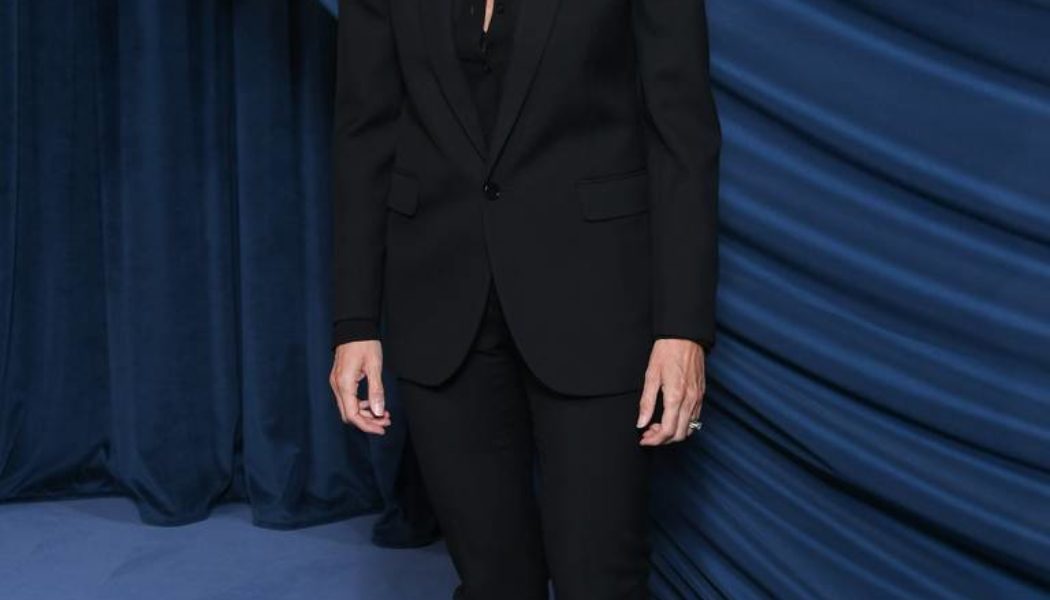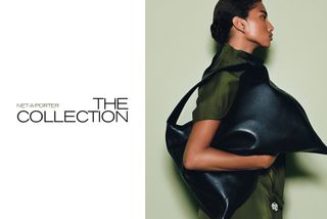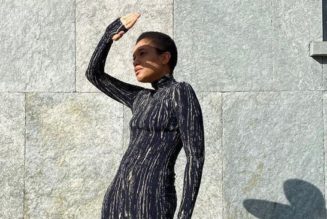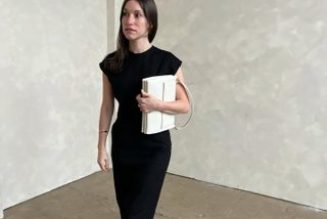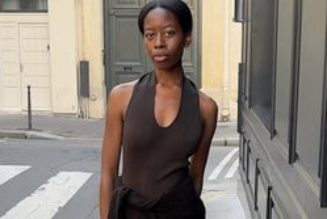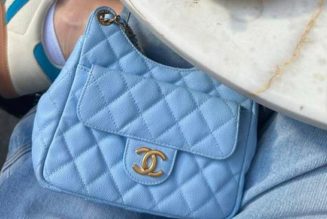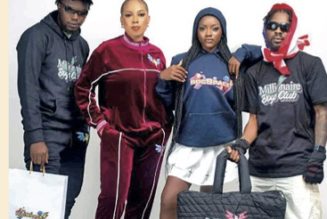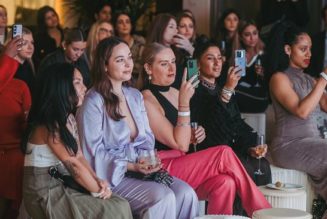LOS ANGELES — July is usually a slow news month in fashion. But this year has been different, especially at Kering. A few weeks ago, the world’s second-largest luxury fashion group announced it was acquiring Creed as part of a push into beauty. Then there was last week’s widely reported story that Kering chairman François-Henri Pinault is in talks to acquire the Hollywood super agency CAA. This week, Kering was back in the headlines with a surprise leadership shakeup just as much of Europe’s fashion industry is preparing to go on summer holiday.
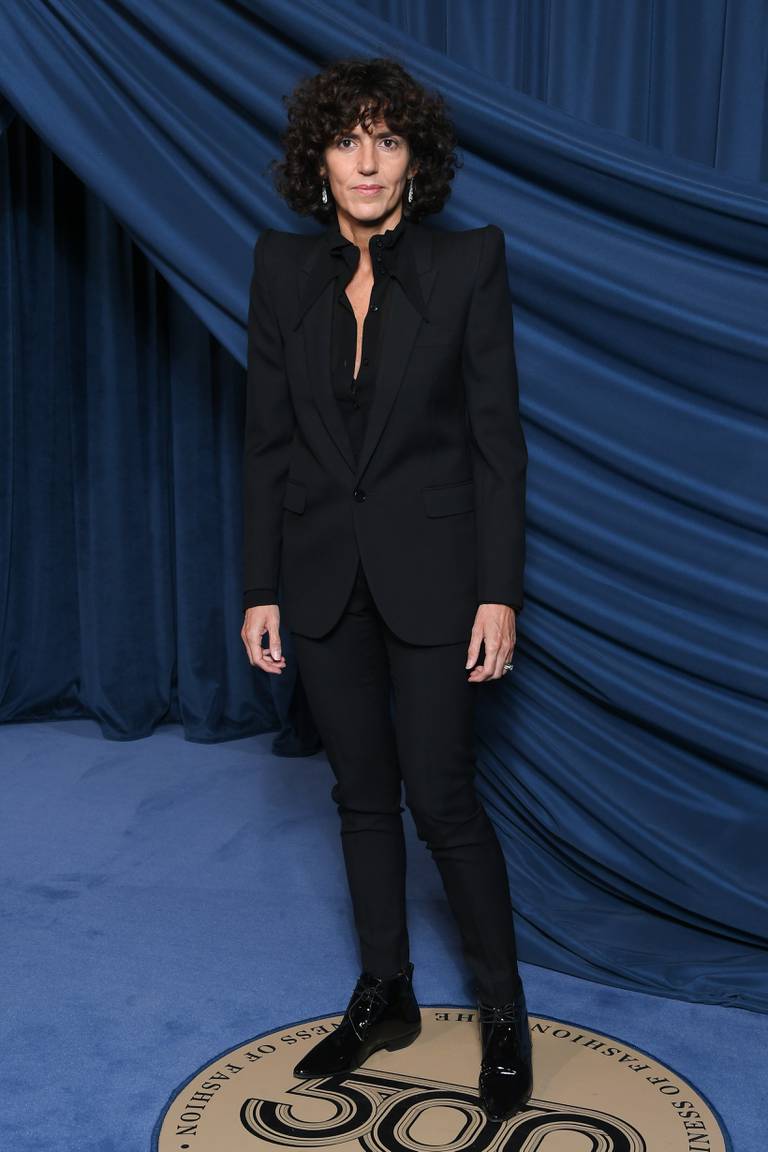
Not only is longtime Gucci CEO Marco Bizzarri stepping down, but Francesca Bellettini — whose steady stewardship has transformed Saint Laurent into a €3 billion powerhouse — is taking on an additional role as Kering’s deputy CEO of brand development. Going forward, all of the Kering brand CEOs will report to her instead of directly to Mr Pinault.
The financial markets responded positively to the change in Kering’s leadership structure, a sign that the group is taking the underperformance at Gucci seriously, but there are still question marks around the future of Italy’s biggest fashion brand. After Bizzarri officially steps down on September 23rd, Mr Pinault’s trusted right hand Jean-François Palus will take on the job of acting CEO of Gucci. He will be tasked with commercialising the vision of the brand’s new creative director Sabato de Sarno, who is set to make his debut at Milan Fashion Week. In the meantime, the search is on for a new CEO.
This isn’t how it was supposed to be. As recently as January, Pinault had indicated that Bizzarri would stay on to usher in a new era at Gucci following the exit of designer Alessandro Michele, with whom Bizzarri delivered a period of historic growth in revenue and profits.
Indeed, the conventional wisdom is not to change the CEO and the designer of a fashion brand at the same time. The risk of instability is too high. And typically, the appointment of a new CEO precedes the hiring of a creative director. But the pressure facing Kering to name a new CEO has only grown.
Internally, Gucci employees need a vision to buy into — something that Bizzarri excelled at when he took over in 2015, but which has been missing more recently. Back then, you could walk into any Gucci store, and the sales associates’ excitement about the brand was palpable. Now, the momentum has slowed and everyone is waiting for the creative direction to be revealed.
Plus, investors are increasingly impatient. They inevitably make comparisons to the explosive growth at rival brands Dior and Louis Vuitton and wonder why Gucci’s growth has stalled. (Kering shares are trading roughly in line with their price five years ago, while LVMH’s valuation has nearly tripled over the same period. Bloomberg reported this week that activist investor Bluebell Capital Partners had taken a stake in Kering and is pushing for a merger with Richemont.)
Given that no successor was named right away, it seems the decision to exit Bizzarri was made in response to some of this growing internal and external pressure — and possibly to reassure markets before the group’s Q2 results are announced next week.
Leading Gucci into a new era will not be easy. The growth phase under Bizzarri was a major fashion moment — one that has now passed. Taking Gucci from €10 billion to €15 billion in annual revenue will require a more stable brand platform that deftly balances Gucci’s heritage with its fashion-forward DNA, something akin to the strategy that Vuitton and Chanel have used to sustain their growth.
This is both an art and a science. Being a successful luxury brand CEO is not a job for bean counters or MBAs. Successful fashion CEOs need ‘hard’ business skills, but they also need to have experience in working with and nurturing creative talents, which takes sensitivity and empathy.
Many successful fashion CEOs have come up through the merchandising or retail functions, which helps hone both strong product sensibility and fluency with analytics. More recently, fashion CEOs have come from the marketing and brand functions, as creating brand moments and driving digital engagement has become more important in driving sales. (Pietro Beccari, the new CEO of Louis Vuitton is emblematic of this recent shift to marketing-driven CEOs.)
But as one of the handful of luxury mega-brands, and as a brand with Italian history, the pool of potential CEO candidates for Gucci is small. So who should Kering consider? Putting on my fashion headhunter hat, here’s my shortlist:
Internal Candidates
Kering has often promoted from within, enabling high-potential executives to step up into bigger roles.
Francesca Bellettini — Francesca is a trusted leader, seemingly unflappable and someone who leads with a steady hand. I have always found her to be very engaging, authentic and sensitive in our conversations. Some observers speculate that her deputy CEO role is just a stepping stone to eventually becoming Gucci CEO, but I don’t buy this. If she was already the chosen candidate, why not move her into the role now to urgently clarify its strategy and calm the markets? The new reporting structure is not something Pinault would take lightly. Moving her out of the deputy CEO role after all the change management would only create further confusion. I could only see Francesca taking this role if Kering really struggles to find a CEO candidate.
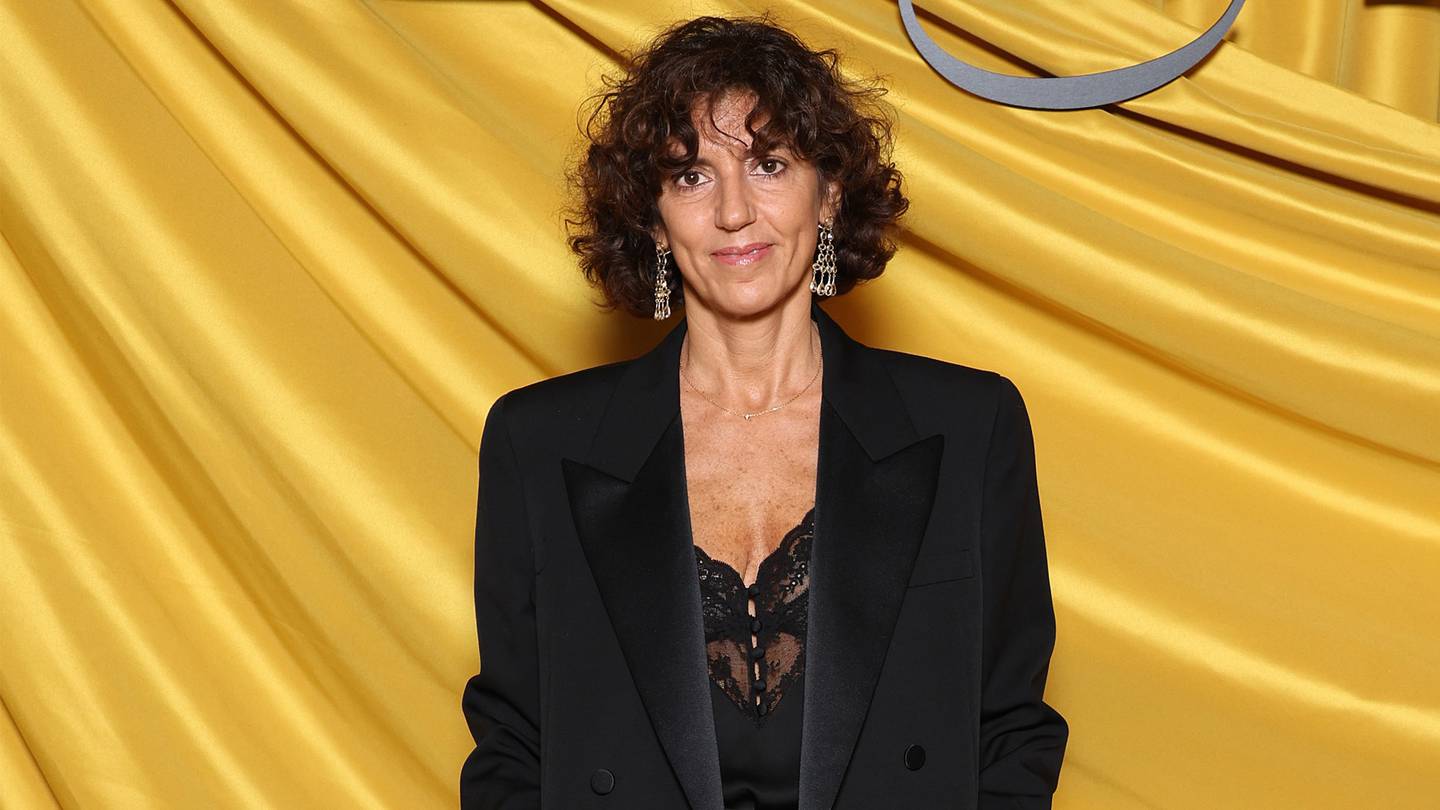
Cédric Charbit — One of the savviest executives in luxury fashion who started his career at the French department store Printemps, Cédric has used his product sensibility, industry relationships and commercial instinct to drive the explosive growth of Balenciaga alongside creative director Demna. But he also oversaw the fumbled response to the PR crisis that enveloped the brand last year and came close to losing his job. It was a real test of his ability to navigate the complexities of building a luxury brand in the crucible of the internet. His focus will need to be on restoring Balenciaga’s growth trajectory, and now he will have Francesca Bellettini, his former boss, as a thought partner as he plots the brand’s future.
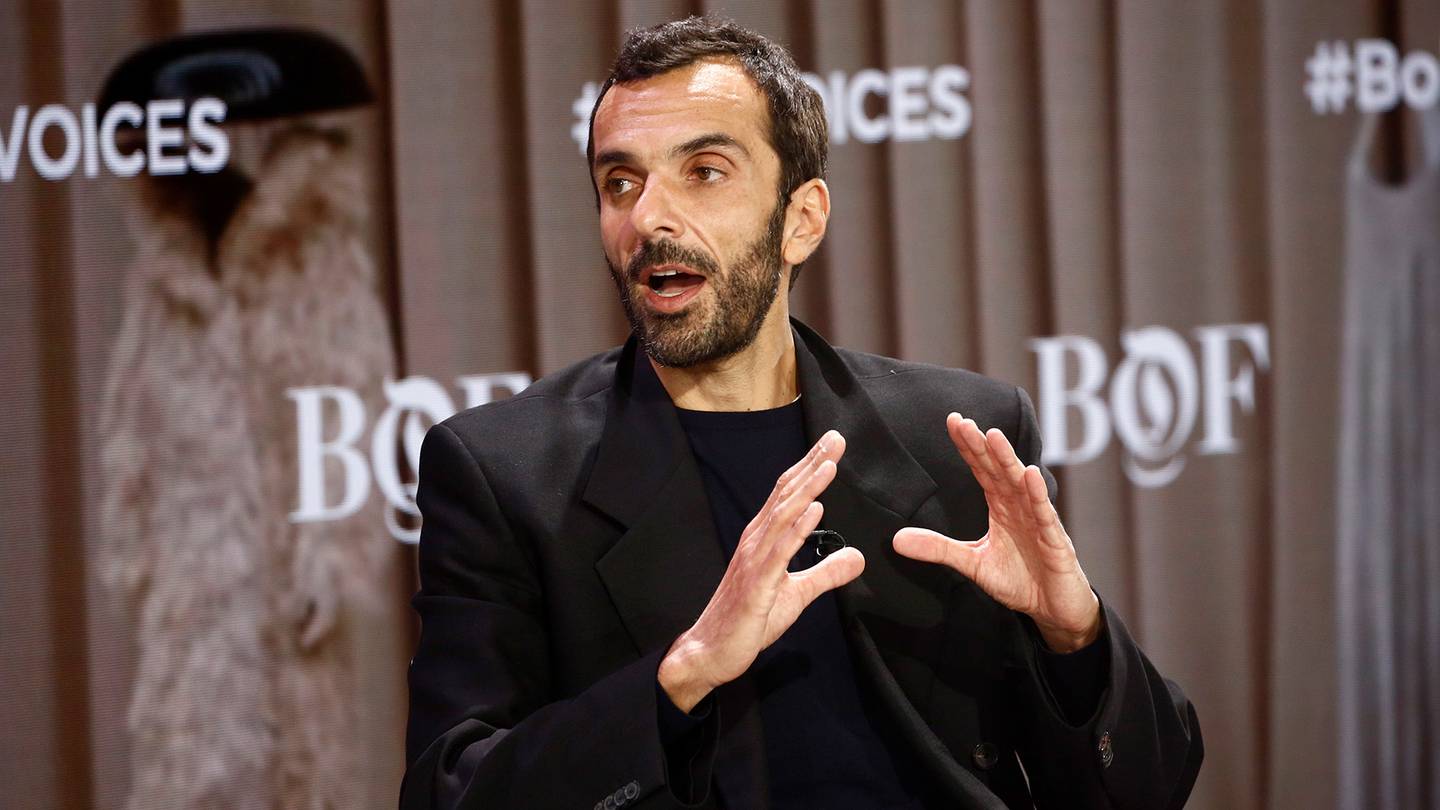
Former Gucci Executives
Executives who have worked at Gucci before will be familiar with its operations, understand its strengths and weaknesses, and have built-in trust with the Pinault family.
Jacopo Venturini — The Valentino CEO was previously Gucci’s chief merchandising officer and a critical part of the triad — alongside Bizzarri and Alessandro Michele — that made magic at the Kering megabrand. Venturini already knows Sabato de Sarno, who worked under Pierpaolo Piccioli at Valentino, which makes him a very unique candidate as the relationship between CEO and designer is essential to the success of any luxury brand. But Venturini seems comfortable at Valentino, which is owned by the secretive Qatari group Mayhoola who have been very supportive of him during his tenure, through ups and downs. Plus, his work at Valentino is not yet done. Kering would have to offer him a lot to lure him back.
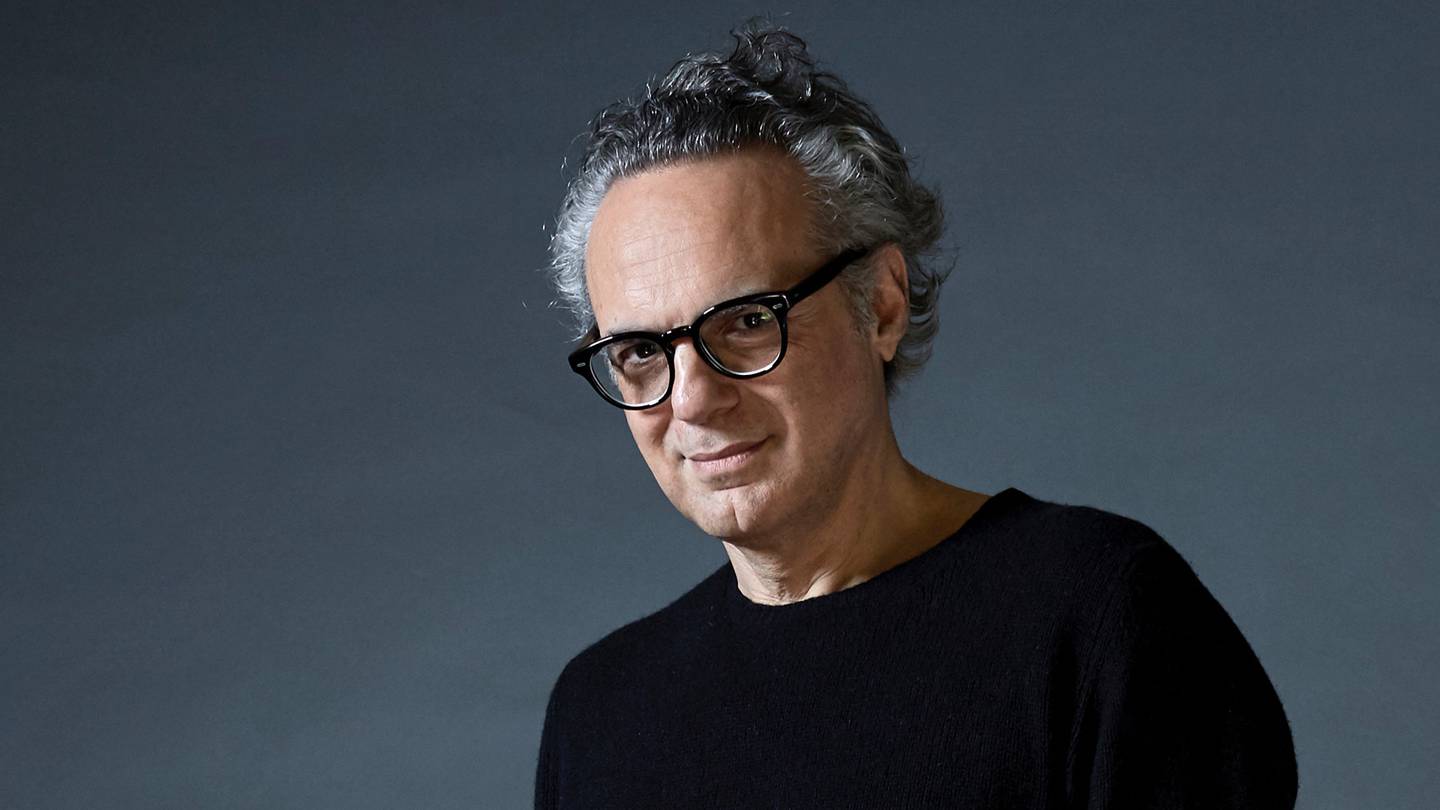
Robert Triefus — The new Stone Island CEO was previously Bizzari’s number two as Gucci’s CMO for 15 years. He most recently helped spearhead Gucci’s Metaverse strategies. Triefus speaks fluent Italian and has all of the internal relationships to drive forward a new vision, making him a very unique candidate. He most certainly has the marketing nous to go head to head with rival Louis Vuitton, but is unlikely to move back to Gucci now because he only took his current role in May of this year. Then again, you never know when Mr Pinault will come calling.
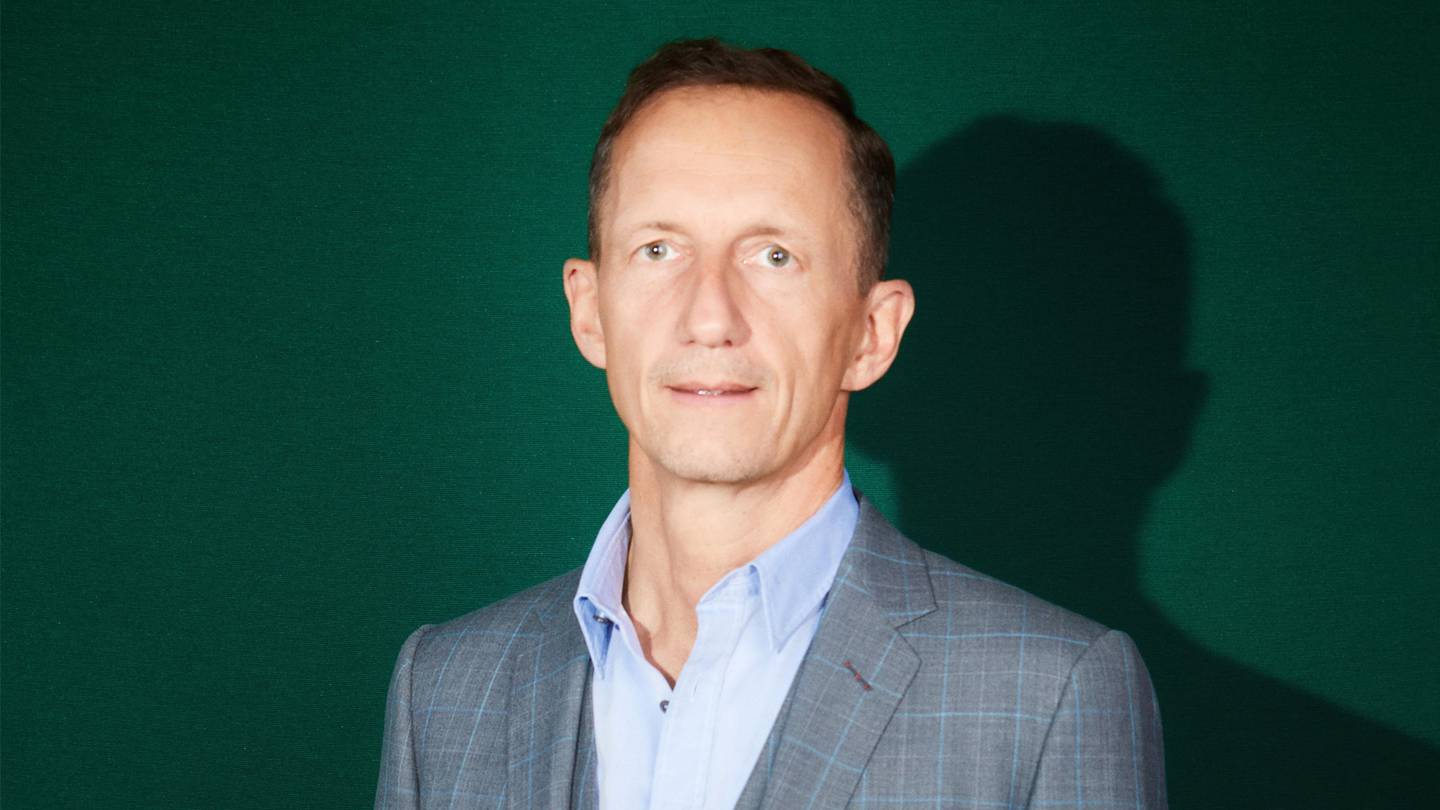
External Candidates
With internal candidates and former Gucci executives thin on the ground, an external candidate with a proven track record at a rival organisation could also be of great interest to Pinault.
Maureen Chiquet — The former global CEO of Chanel (and newly appointed to Kering’s board as part of the wider leadership shakeup this week) would be a top candidate, but she seems to have moved on to a stage in life where she prefers to sit on boards. In addition to Kering, she is a chair of JJ Martin’s La Double J and Golden Goose, is a non-executive director of Canada Goose and Credo, and is an advisor to Permira. Becoming Gucci CEO would require resigning from all of these roles. Not likely to happen.
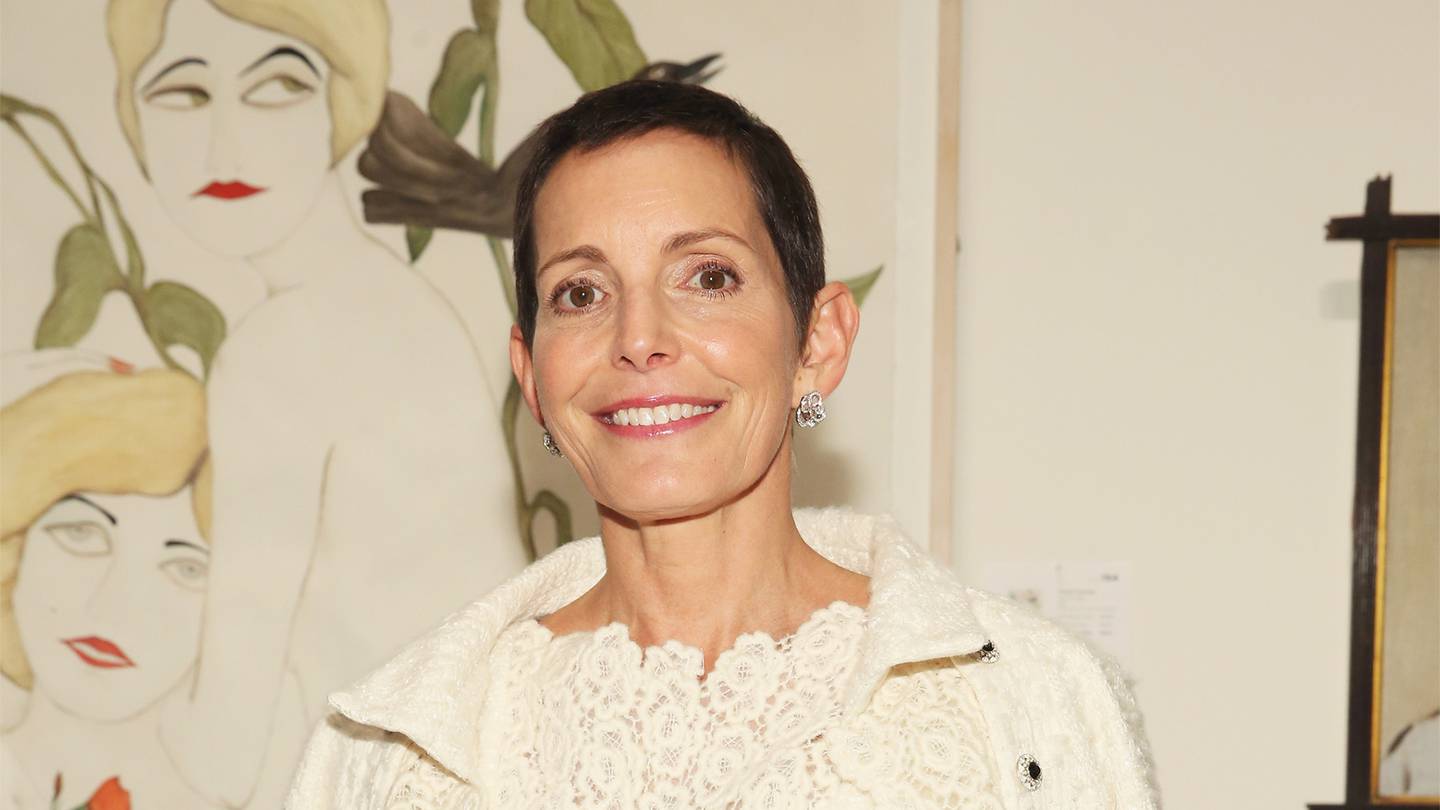
Angela Ahrendts — Ahrendts, who led Burberry to great success between 2006 and 2014, is currently a free agent. She sits on the boards of Ralph Lauren, Airbnb, WPP and Save The Children. But she is not an Italianspeaker and has been living in the US for some time. She may not want to move back to Europe, but as an inspiring and respected leader, whowas Apple’s senior vice president of retail after herstint at Burberry and is one of the few executives around who has run a multi-billion dollar global brand, she is someone Kering should consider.
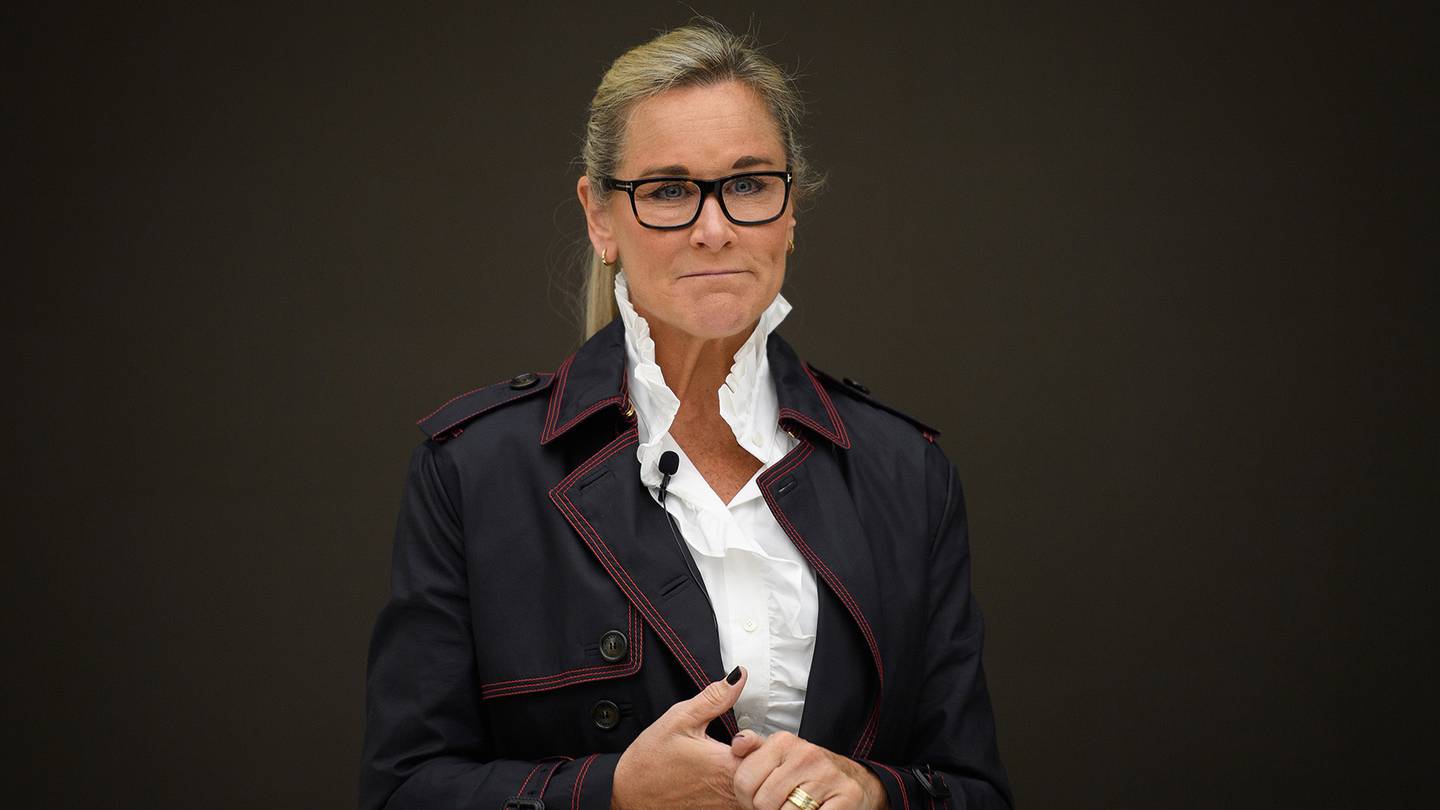
Roberto Eggs — One name that keeps coming up is that of Roberto Eggs. With a background in marketing at Nestle, and a strong luxury track record at Louis Vuitton and Moncler, where he is the chief strategy and business officer, Roberto seems like a very strong candidate and someone who has the right mix of skills and experience to take the brand to a new level. Roberto previously held the dual role of COO and CMO, and then became CEO of the innovative outerwear brand. He may be looking for a new challenge.
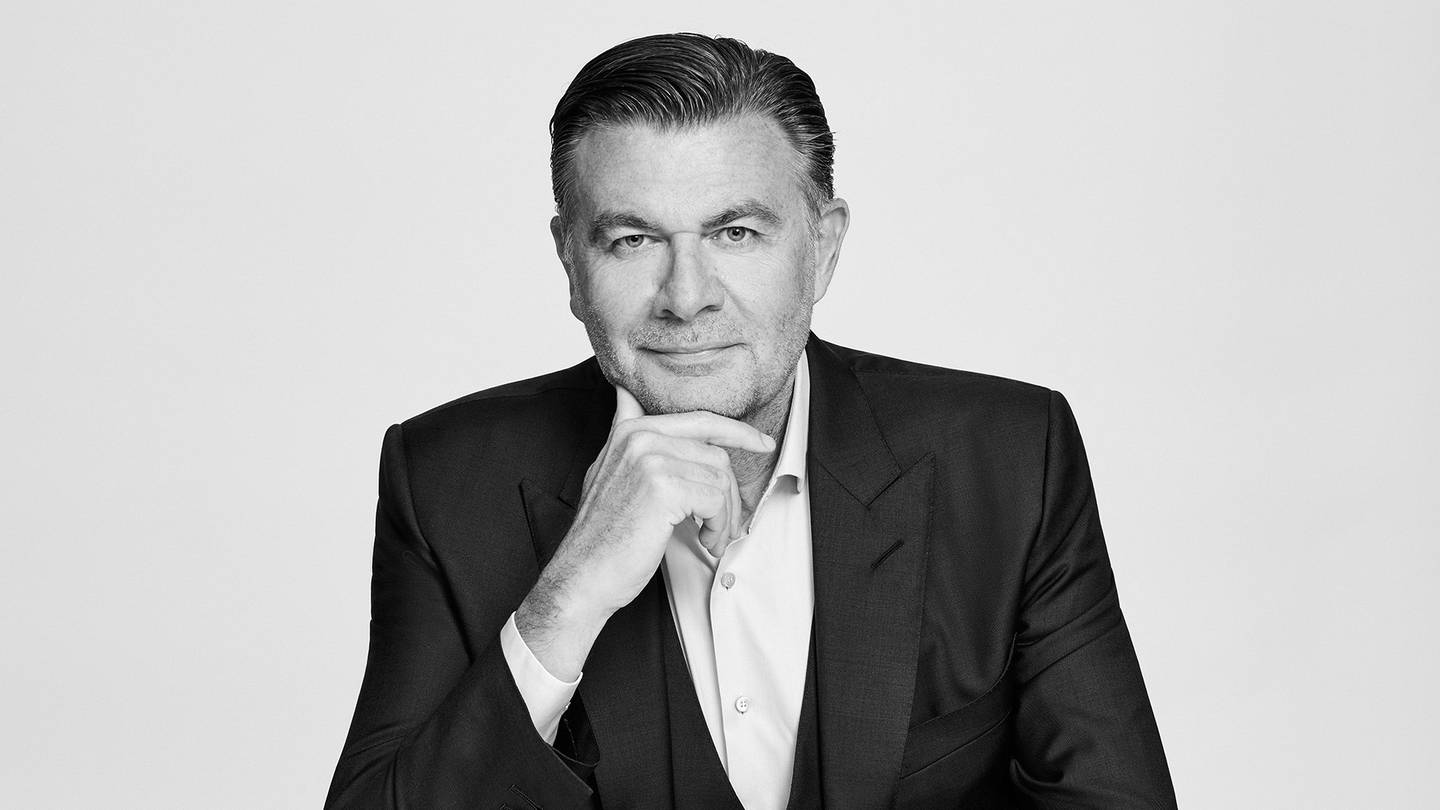
Bonus Read: To this day, one of my favourite CEO interviews was when I sat down with Marco Bizzarri in 2015 to understand his vision for Gucci, with timeless lessons on leading a fashion turnaround.
Bonus Listen: Francesca Bellettini joined us at BoF VOICES 2018 and shared her strategy for Saint Laurent, as well as her reaction to Hedi Slimane’s new role at Celine.
Here are more top picks from our analysis on fashion, luxury and beauty:
1. What the Hollywood Strike Means for Fashion. Here in Los Angeles, all anyone is talking about is the strike that has shut Hollywood down. While red carpets have momentarily dried up for brands and stylists, the SAG and WGA’s simultaneous strikes pose an unlikely opportunity for fashion companies to tap celebrity talent. Expect a very celebrity-heavy fashion month come September. Plus, read Diana Pearl and Cathleen Chen’s additional take on whether fashion could ever go on strike.
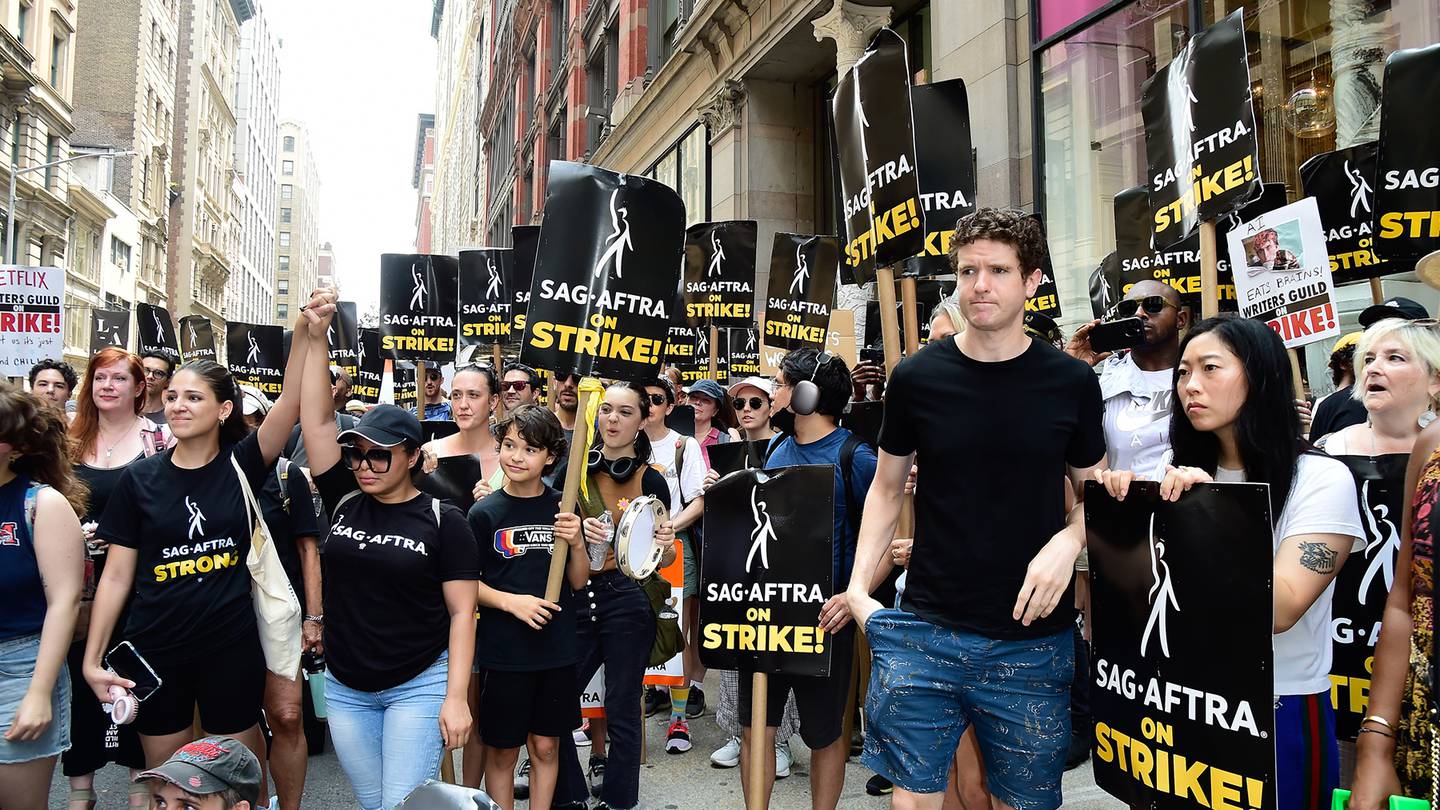
2. Can Internet ‘It Girl’ Mia Khalifa Build a Lasting Business? Our story on how the adult film actress turned social media star is furthering her footprint in fashion with jewellery line Sheytan generated a flurry of conversation this week. While Khalifa specialises in creating buzz , sustaining a brand represents a whole new challenge, explains Joan Kennedy.
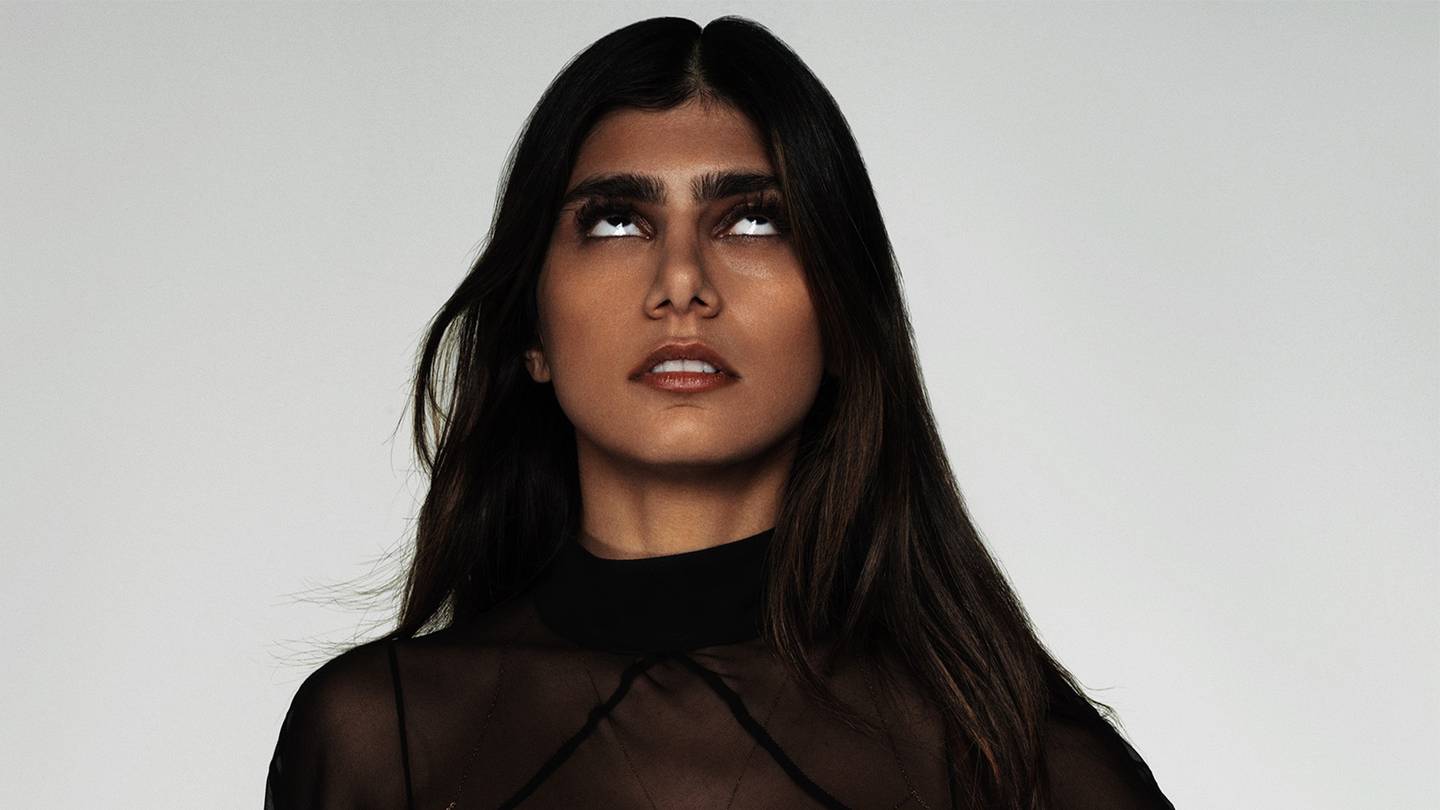
3. Big Beauty IPOs Are Back. On its first day of trading, Oddity shares jumped 40 percent, giving the parent company of Il Makiage and Spoiled Child a $2.68 billion valuation. According to Rachel Strugatz, our Beauty editor-at-large, this bodes well for future IPOs too. Next up could be Harry’s and Function of Beauty.
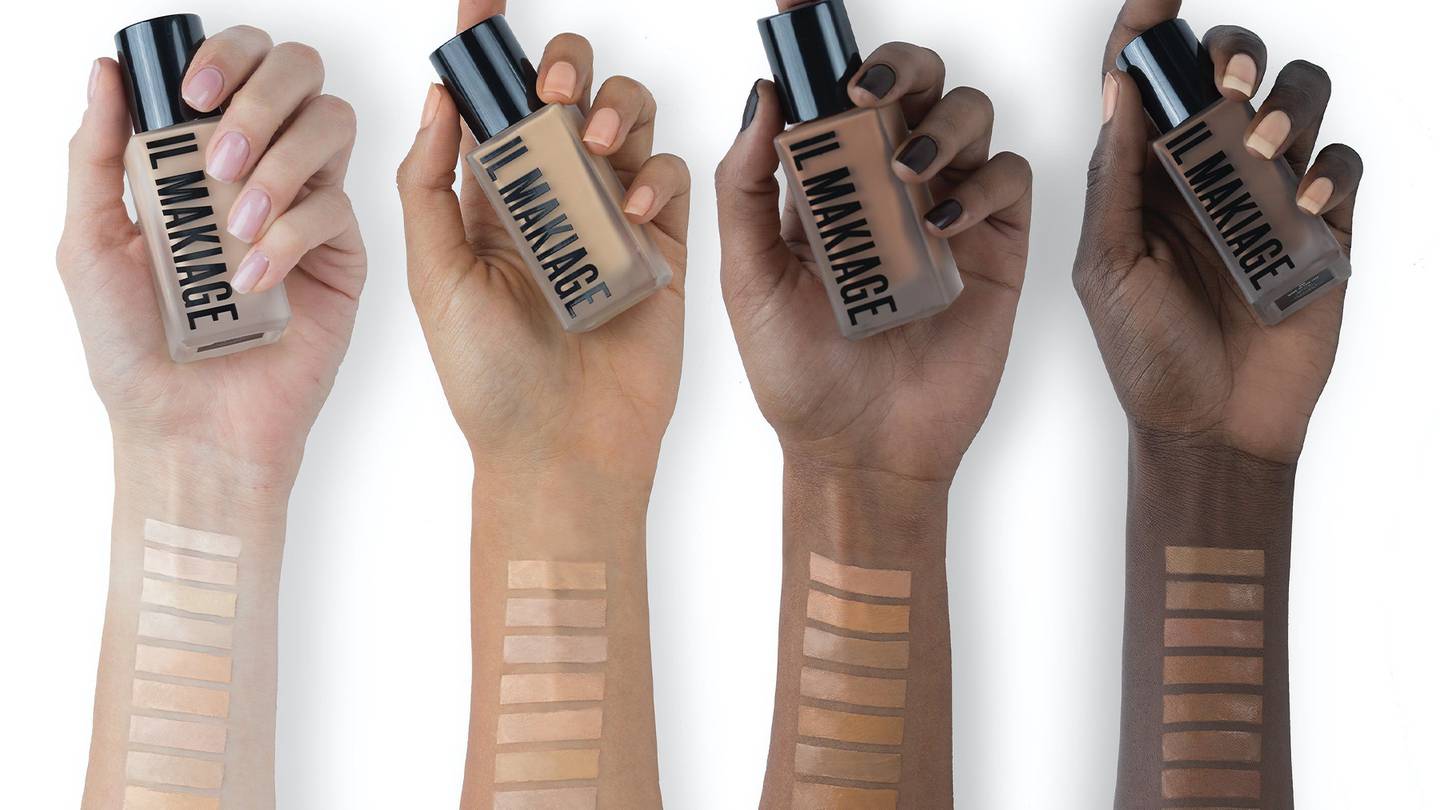
4. Why Vintage Gap Is Hot and Current Gap Is Not. Driven partly by nostalgia and partly by the trend for 1990s and Y2K styles, people are snatching up products from Gap’s heyday. But those same shoppers aren’t buying what Gap has in stores now. Marc Bain and Sarah Elson spoke to the expert vintage hunters to understand why.
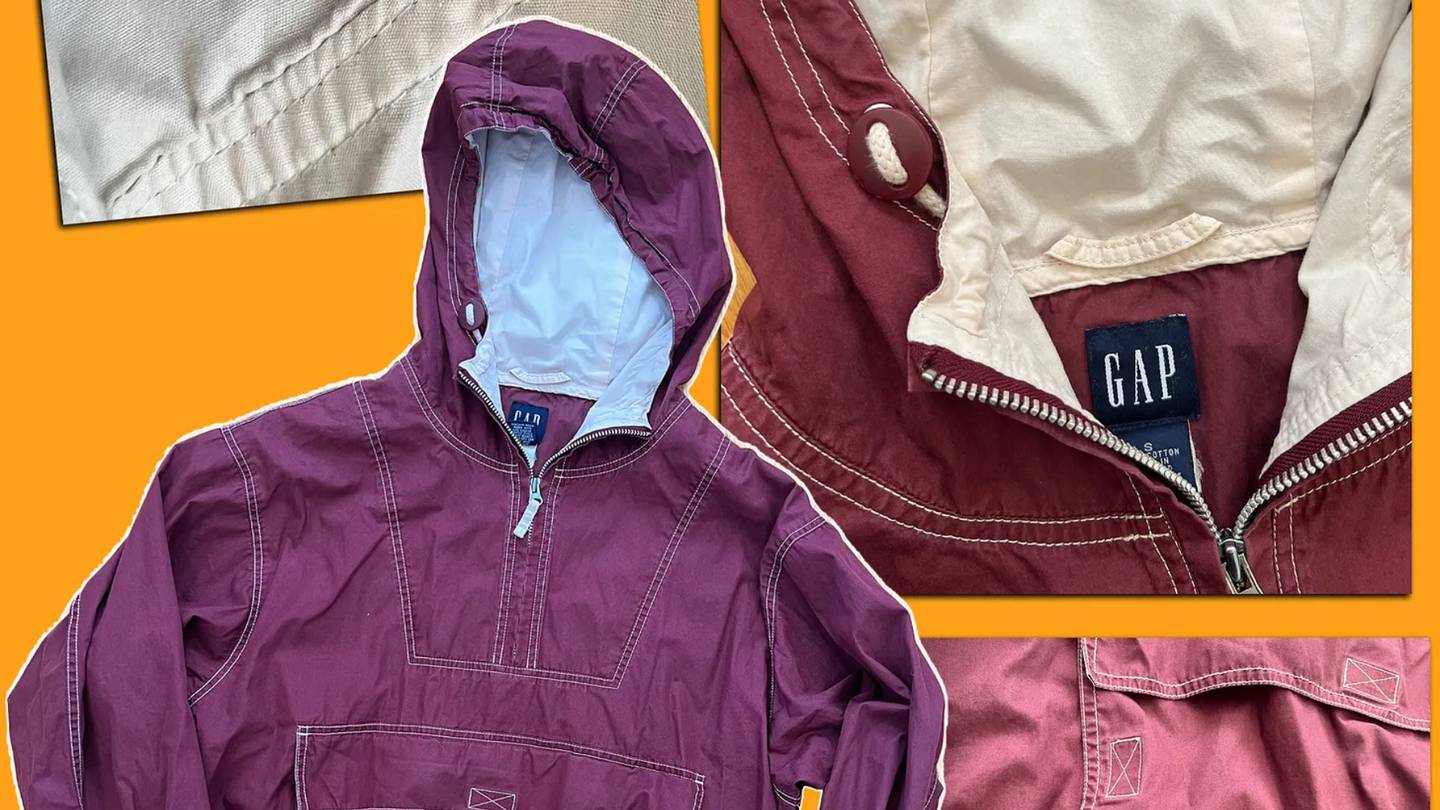
5. Breaking Down the Barbie Phenomenon, From Mattel to Chanel. The reviews are in — and mostly, they are not good. But Mattel’s president and COO explains to Tamison O’Connor how the summer’s most talked-about film is opening a new chapter for the company, with implications for partners across retail and fashion.
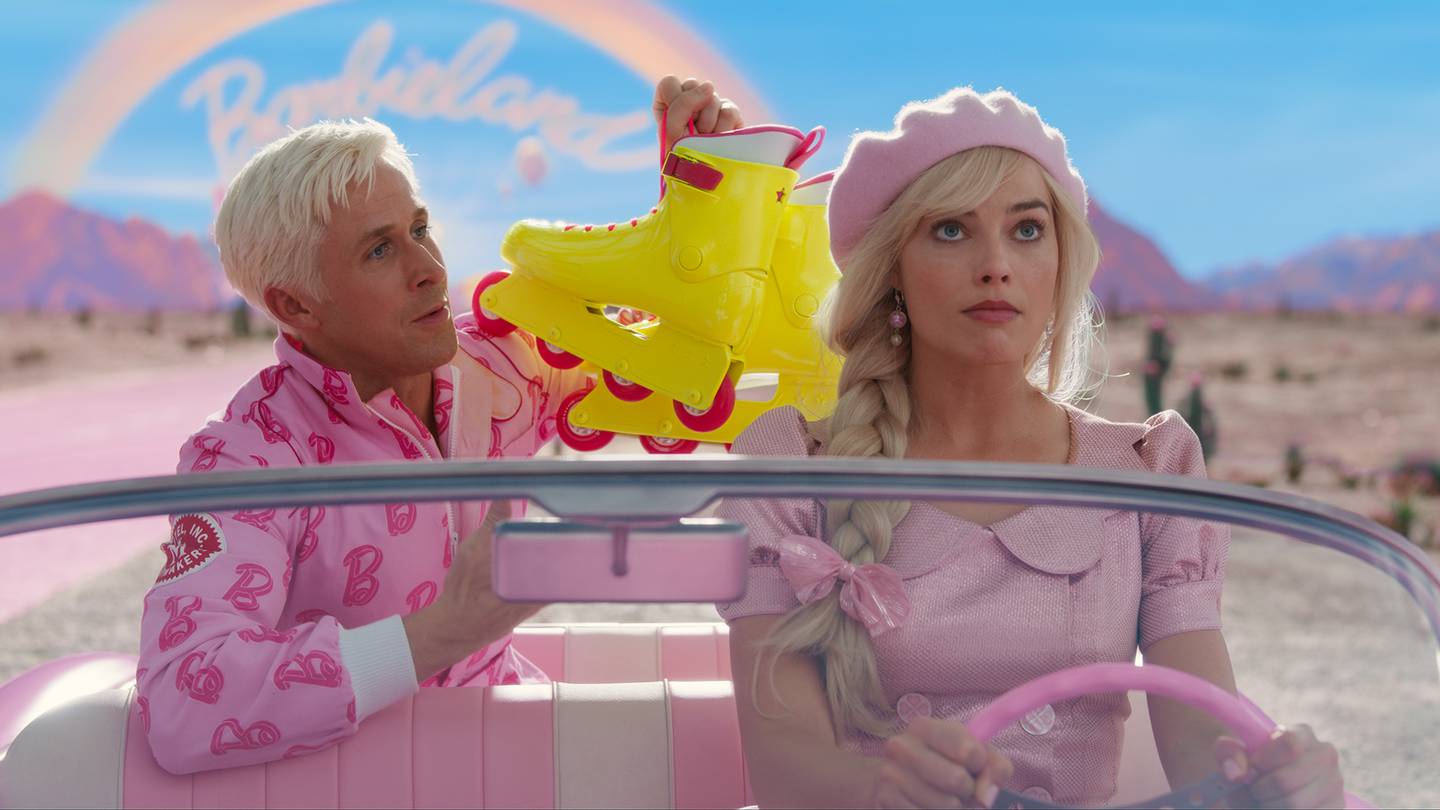
6. How Jane Birkin Changed ‘French Girl’ Style Forever. The British French actress and singer, who died on Sunday, embodied changing ideas of femininity and influenced fashion far beyond the Hermès bag that famously bears her name. Robert Williams looks back on the life of a true fashion icon.
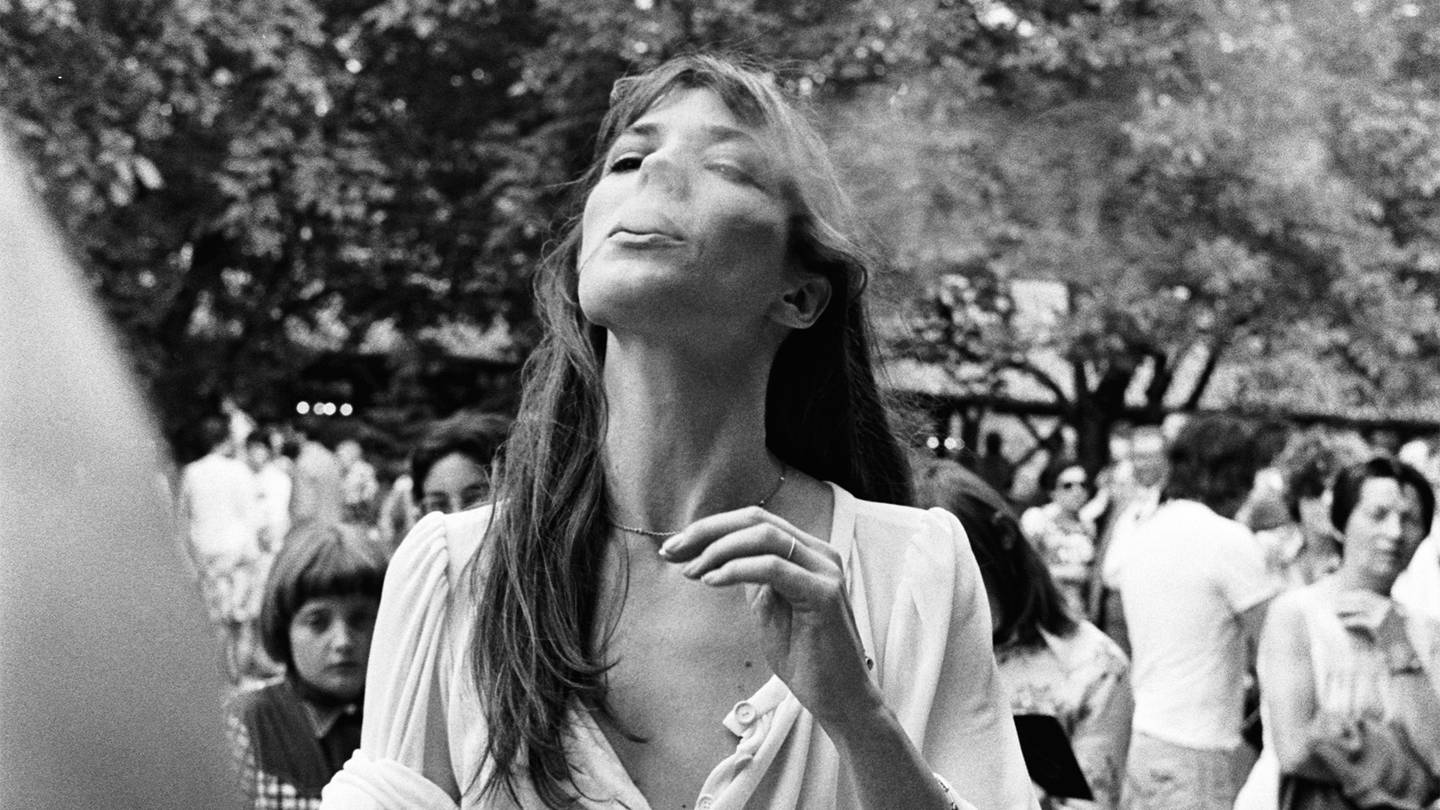
The BoF Podcast
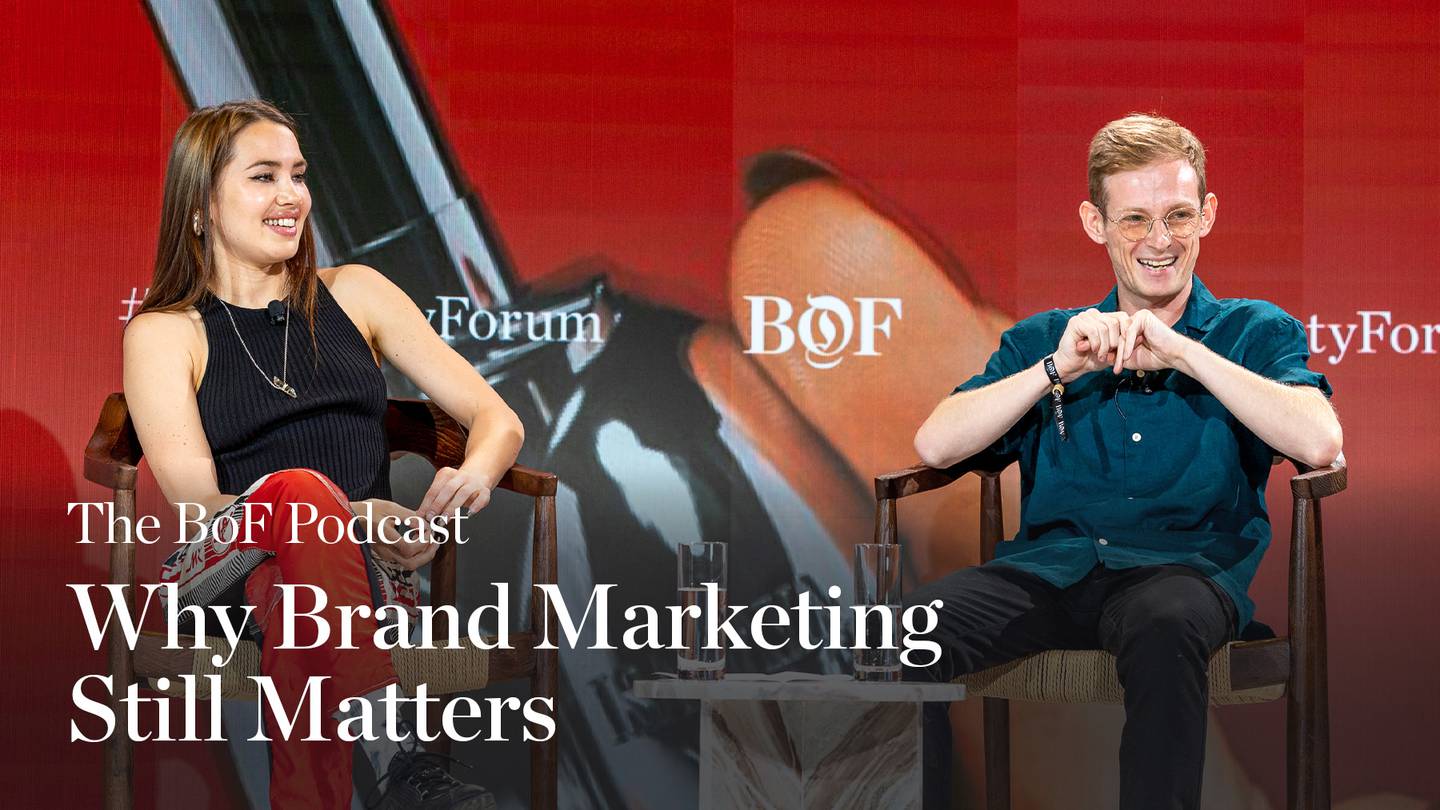
Lately, I’ve been talking to a lot of industry leaders about the demise of brand marketing in fashion and beauty. Our industry has become so reliant on performance marketing, that our brand marketing muscle has atrophied. But as paid marketing has become more expensive and harder to track, the tide is starting to turn.
But what does really good brand marketing look like? We all know it when we feel it or experience it, when a brand engages us and moves us by creating a product or experience that is exceptional. This is even harder to do when there are so many brands fighting for attention, using the same formulaic approaches.
On this week’s episode of The BoF Podcast from The Business of Beauty Global Forum, I speak to Isamaya Ffrench, founder and creative director of her namesake makeup brand and Marty Bell, the co-founder of Vacation, the ironic 80′s inspired sunscreen brand, about how they have leaned into brand marketing to build exciting beauty brands in a crowded marketplace.
Enjoy your weekend!
Imran Amed, Founder, CEO and Editor-in-Chief, The Business of Fashion
To receive this email in your inbox each Saturday, sign up to The Daily Digest newsletter for agenda-setting intelligence, analysis and advice that you won’t find anywhere else.
